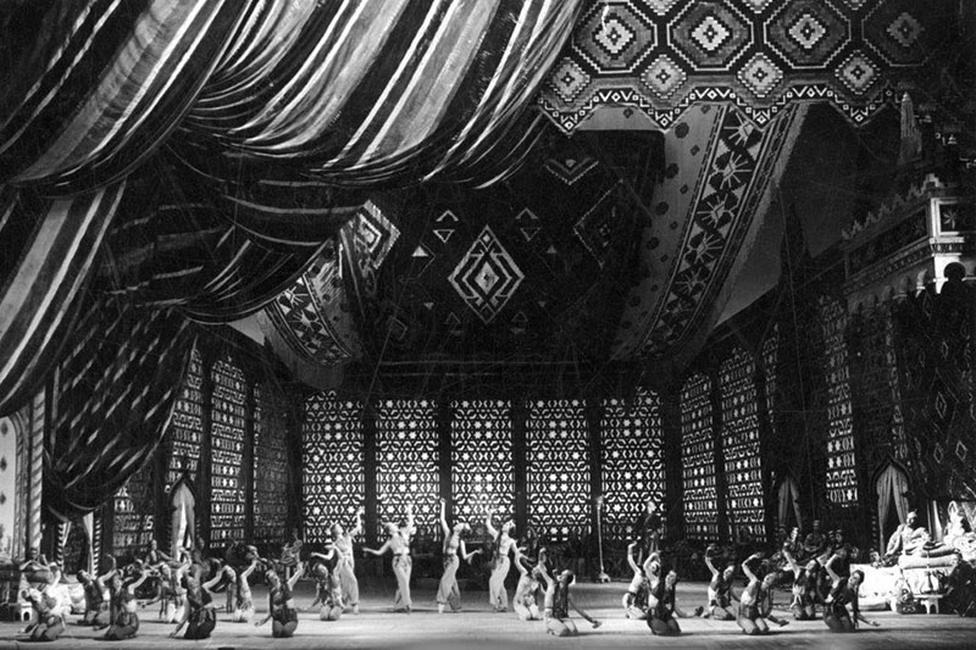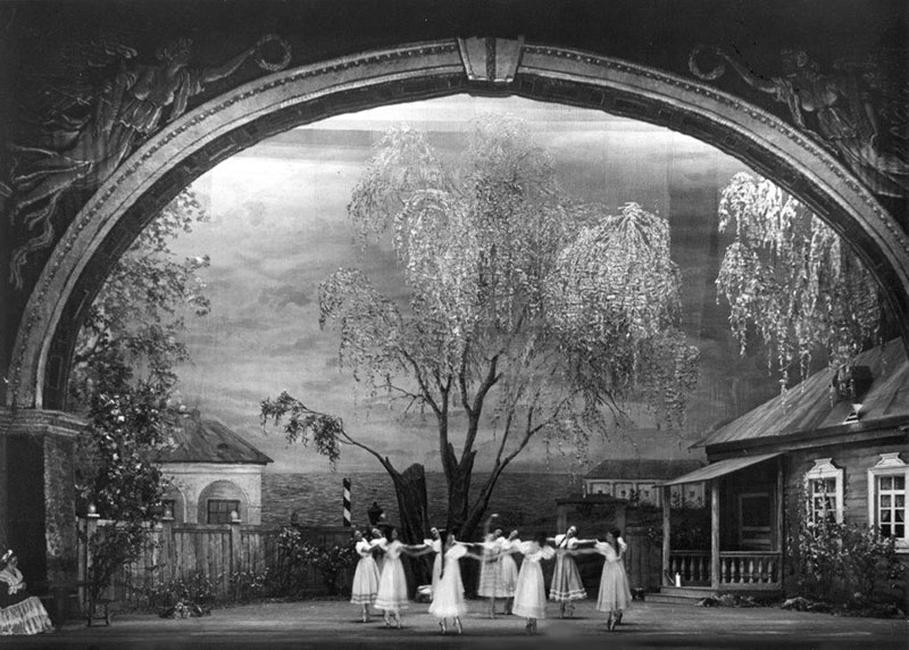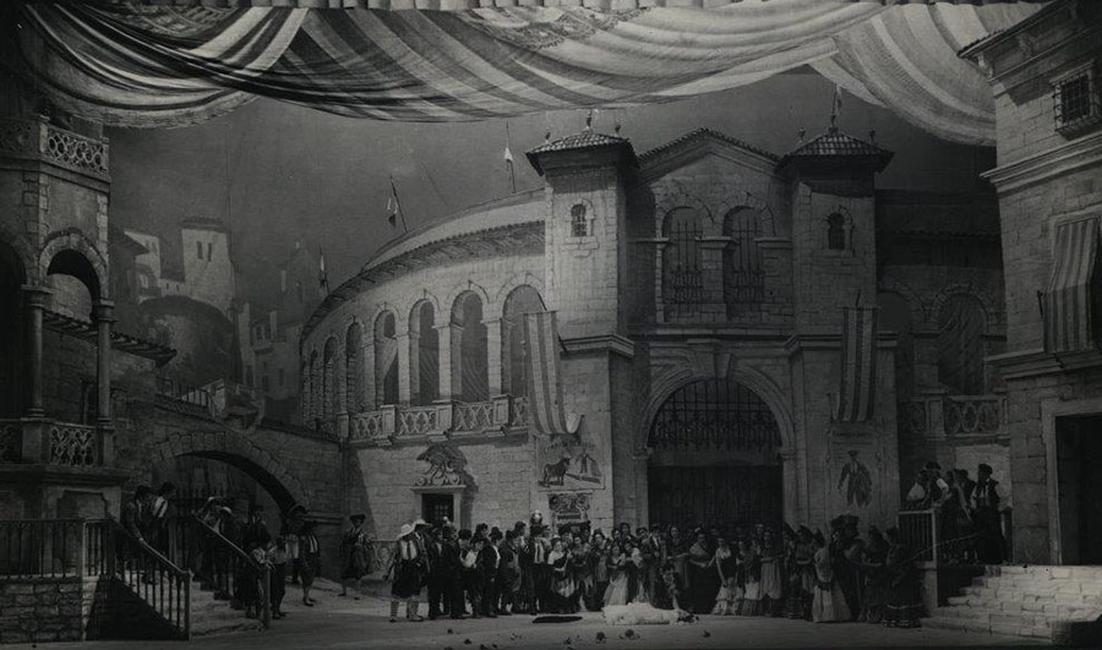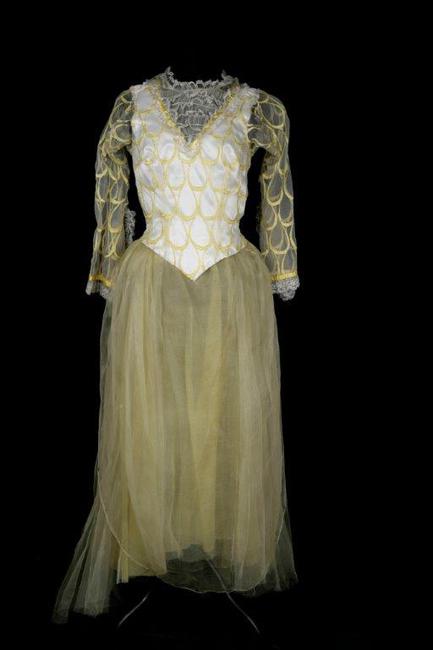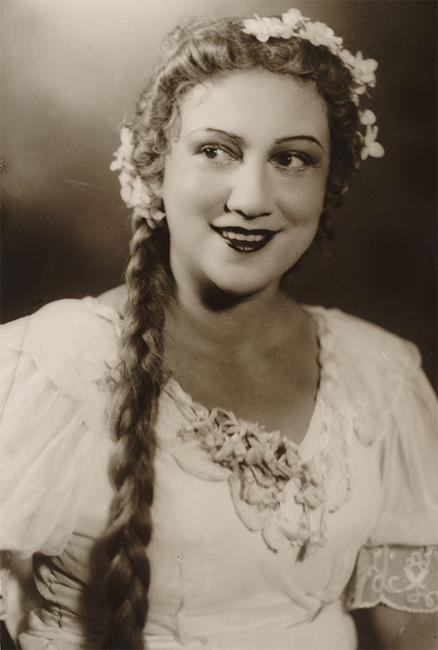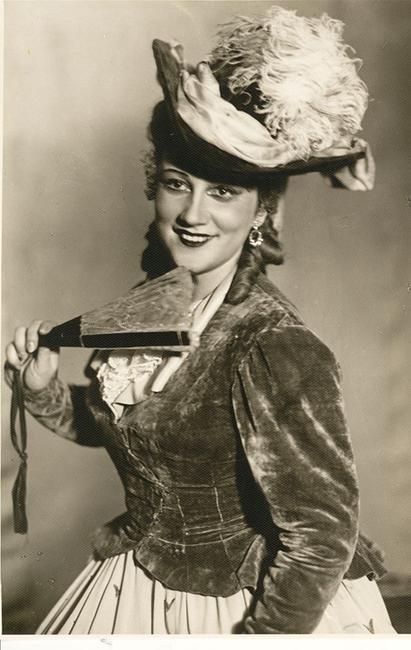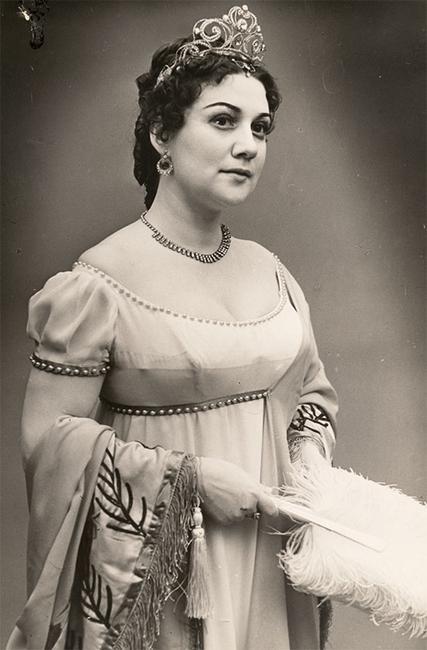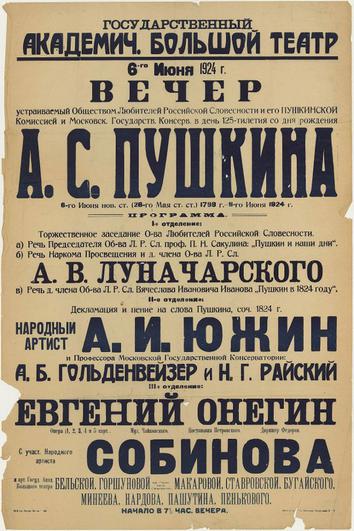The Choir foyer of the historic building is introducing our audiences to the creative work of a famous Soviet choreographer, People’s Artist of the USSR, Rostislav Zakharov (7.09.1907 – 15.01.1984). He staged the ballet The Fountain of Bakhchisaray (one of the leading parts in which was performed by the legendary Galina Ulanova), and it has been on stages of the Russian theatres since. This ballet was transferred to the Bolshoi Theatre by him from the Kirov Ballet (now the Mariinsky Theatre), while Zakharov’s Cinderella saw the light at the Bolshoi itself. It was the first staging of Prokofiev’s ballet which was destined to become one of the audience’s most favourite and loved pieces of the 20th century, and indeed the first theatre staging in the post war Moscow (the premiere was held on the 21st of November 1945). Zakharov connected his life with the Bolshoi for a significant period: between 1936-56 he acted as a permanent ballet master and opera director, from 1936 to 1939 he headed the ballet troupe. He also methodically translated domestic and foreign classics into the language of ballet (dramatic ballet): Balzac’s Lost Illusions, Pushkin’s Prisoner of the Caucasus, The Squire's Daughter and The Bronze Horseman, Taras Bulba by Gogol… These ballets did not survive beyond their era, however the unfading hopak from the ballet Taras Bulba by Solovyov – Sedoy has been impressing the audiences of ballet performances up until this day. The same is applicable to Jig and Gypsy Dance with which Zakharov enriched his staging of Don Quixote.
Zakharov also entered the history of cinema, staging, at the invitation of Sergei Eisenstein, the dance of the Oprichniks (guardsmen) performed by artists of the Bolshoi Theatre. Although many of these scenes have been kept out of the final films, those remaining are enough to remember. His Cinderella (under the name of The Glass Slipper) he put on screens together with a famous fairy-tale maker of the Soviet cinematograph, Alexander Rou. The leading part, one of the best in her repertoire, was performed by Raisa Struchkova.
At the exhibition, which is open until the 8th of November, there will be presented the photographs of scenes from the performances, set design and costumes sketches, costumes, posters for a number of productions by the master, including the ballets The Fountain of Bakhchisaray (1936) and Prisoner of the Caucuses (1946) by B.V. Asafiev, Cinderella by S. Prokofiev (1945), The Bronze Horseman by R. Glière (1949), the operas Guillaume Tell (1942) and Il Barbiere di Siviglia by G. Rossini (1944), Ruslan and Lyudmila by M. Glinka (1948), Carmen by G. Bizet (1953)…
The Exhibition foyer is offering to remember the pages of the creative biography of a wonderful ballerina and a renowned pedagogue, People’s Artist of the USSR, Marina Kondratieva, who was accepted to the Bolshoi Theatre seventy years ago. In November, the Bolshoi will commemorate this event with a performance of Giselle by A. Adan– one of her most favourite ballets which has a special place in her story. As one of the outstanding Giselles at the Bolshoi Theatre in the 1960s, she made an indelible impression on the audience. The display consists of the photographs of the artist in her best parts. Besides Giselle, it was Katerina in Stone Flower by S. Prokofiev – Y. Grigorovich, Cinderella, Juliet (Romeo and Juliet by S. Prokofiev – L. Lavrovsky), Princess Aurora (The Sleeping Beauty by P. Tchaikovsky – M. Petipa) and many more.
“I have always been sympathetic and close to her talent. We danced Yakobson’s Shurale together. And I remember with pleasure how she struck me with her lightness and weightlessness – those qualities that are so rare on the ballet stage. Marina was lyrical and musical, and so technical as well. In my Anna Karenina Kondratieva was just like Anna should be. Once again, her splendid qualities formed into a convincing and individual image. She realised Tolstoy’s heroine in her own way without following my vision. Looking at her students now, I am convinced that Kondratieva is an amazing teacher. Her students are distinguished by the perfect artistic taste and excellent school. I can see that the Master is working with them. Master begins with the capital M”, – this is how Maya Plisetskaya responded to the 75th anniversary of Marina Kondratyeva in the celebration booklet. The photographs of Kondratieva as Anna are also presented at this exhibition. As well as the display dedicated to Zakharov, it will run until the 8th of November.
An exhibition at the New Stage is celebrating the centenary of the birth of People’s Artist of the RSFSR, Kira Leonova (19.07.1922 – 25.08.1999). A spectacular beauty, the owner of a magnificent, “enveloping”, as it was once called, voice, she was especially loved for the incredible radiance of both her talent and her nature. “Sublime, warm, beautiful, surprisingly charming – this is her, my favourite partner”, – as spoke of her Zurab Anjaparidze, while Natalia Shpiller said: “She is very beautiful, graceful, well-versed in stage movement and, most importantly, with a special poetic timbre of a velvet mezzo-soprano…” And the words of such wonderful singers are certainly worth a lot.
The heyday of her career fell between the 1950s and 1970s, the time when the brightest talents shone on the opera stage of the Bolshoi. However, Leonova also managed not to get lost amongst them. Olga (Eugene Onegin by P. Tchaikovsky), Spring Beauty (The Snow Maiden by N. Rimsky-Korsakov), Siébel (Faust by C. Gounod), Lyubasha (The Tsar’s Bride by N. Rimsky-Korsakov), Marina Mnishek (Boris Godunov by M. Mussorgsky), Charlotte (Werther by G. Massenet), Polina (The Queen of Spades by P. Tchaikovsky), Amneris (Aida by G. Verdi), Carmen (Carmen by G. Bizet)…She sang almost all the leading roles intended for mezzo-soprano, which the repertoire of the Bolshoi Theatre could offer her in those years. And in addition to performing in the “main” operas, she willingly and boldly mastered the modern repertoire – War and Peace by S. Prokofiev, in which she sang Princess Marya, Hélène Bezukhova and Sonya, or A Midsummer Night’s Dream by B. Britten (the part of Hermia).
Having finished her performing activity, Kira Leonova was head of the opera troupe (1977-81). This artistic biography, as in the case of Marina Kondratieva, is illustrated by the photographs of scenes from the singer’s performances. They are Eugene Onegin, Boris Godunov, Werther and many others. The exhibition will run until the 11th of November.
